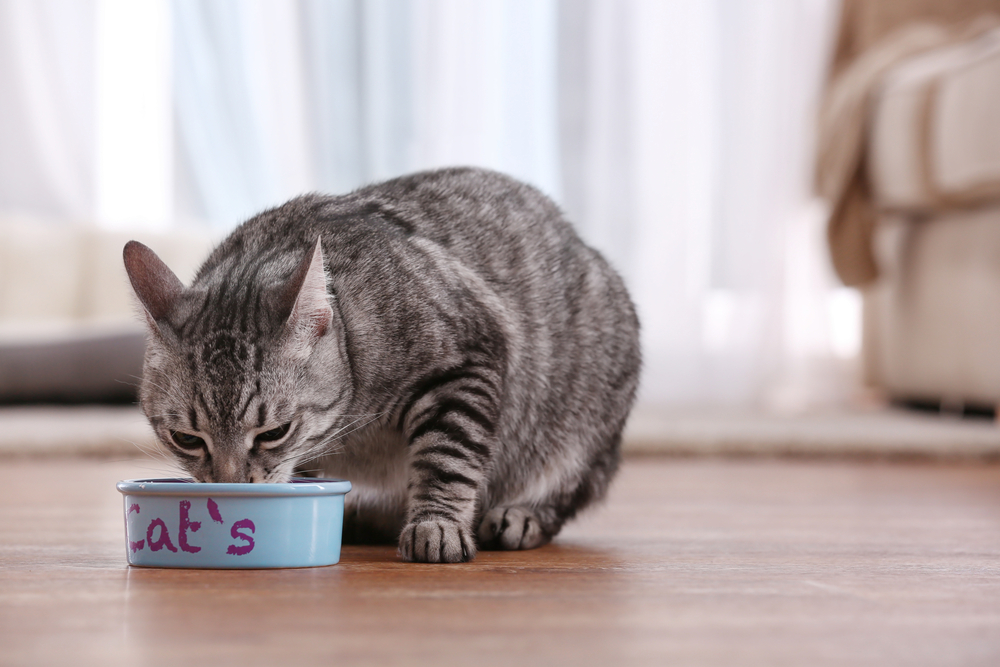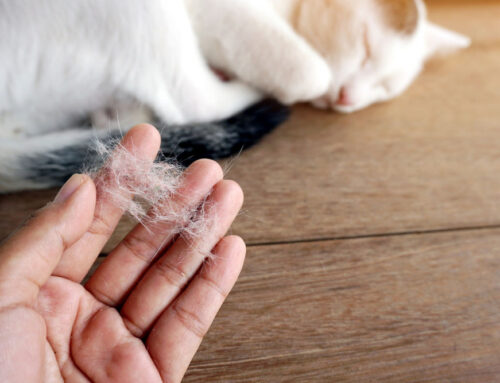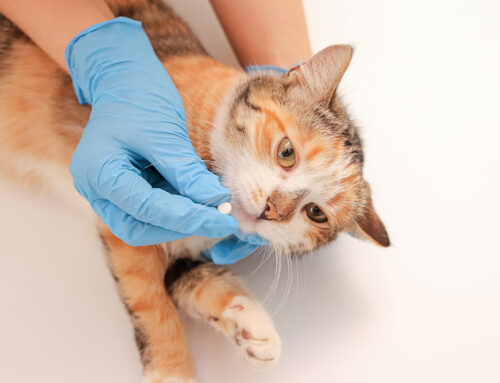Feline urinary conditions are the most common reason why cats visit the veterinarian. And, because urinary issues can stem from physical and behavior-related causes, diagnosis and treatment can be lengthy and challenging, and strain the owner-pet relationship.
Understanding feline urinary health can help you identify early problems, seek prompt treatment at WesVet Animal Hospital, and ensure your cat’s good quality of life. Here’s what you need to know about the most common urinary disorders in cats.
Feline lower urinary tract disease in cats
Feline lower urinary tract disease (FLUTD) is the common name for a group of disorders affecting the lower urinary structures, which include the urinary bladder and urethra (i.e., the narrow tube that transports urine from the bladder to the outside).
Feline lower urinary tract disease encompasses urinary tract infections (UTIs), bladder or urethral inflammation, feline idiopathic cystitis (FIC), bladder stones, and urethral blockages, which require emergency treatment.
FLUTD causes and contributing factors in cats
Feline urinary issues have a myriad of causes, but some are not entirely understood. Any cat can be affected with urinary conditions, but middle-aged, overweight cats are at higher risk, and male cats are more likely to experience urethral blockage. Contributing FLUTD factors include:
- Structure — Male cats have a longer and narrower urethra than female cats, making them more likely to suffer from a life-threatening obstruction.
- Diet — Dietary changes can trigger urinary signs, so avoid altering your cat’s diet and feeding schedule, unless advised by your veterinarian.
- Stress — Environmental changes (e.g., relocating, adding a new pet) or a stressful event can heighten the risk for urinary issues. Stress is often associated with feline idiopathic cystitis (FIC).
- Behavior — Indoor cats with limited mental stimulation or too few opportunities to practice natural predatory behavior can become more stressed, predisposing them to urinary issues.
- Health — Concurrent health conditions, including obesity, lack of exercise, kidney disease, and urinary crystals, can increase your cat’s FLUTD and urethral blockage risks.
Urinary disorder signs in cats
Feline urinary conditions can become a vicious cycle of pain and stress, and must be addressed before they progress to severe discomfort or an emergency situation. Urinary discomfort signs in your cat include:
- Straining to urinate
- Vocalizing or crying while urinating
- Frequent trips to the litter box
- Missing the litter box (i.e., accidents)
- Licking the urogenital area
- Bloody urine
- Reduced urine volume
Recognizing a feline urinary emergency
Urethral blockages occur when your cat’s urine contains mineral debris that becomes uroliths (i.e., bladder stones) that irritate the bladder lining, and lodge in the narrow urethra. Mucus plugs formed from minerals, other debris, and soft mucus protein are also common obstructions.
When these solid structures become stuck in the urethra, they restrict or completely block urine flow, and trap urine in the bladder. As the kidneys continue to produce urine, the bladder distends, and toxins accumulate in the bloodstream. Left untreated, the pressure can cause the urinary bladder to rupture, which is frequently fatal without extensive surgical repair and intensive hospitalization.
Prior to a blockage, cats may have a history of bladder stones or UTIs, whose signs may be similar to those above. Act immediately and notify WesVet Animal Hospital if your cat’s signs include:
- Little to no urine output
- Repeated straining
- Palpable hard bladder (i.e., like a fist in the lower abdomen)
- Collapse
- Unresponsiveness
Diagnosing feline urinary disorders
To diagnose feline lower urinary tract disorders, a veterinarian needs information about your cat’s home life, including litter box habits, home environment, and diet. They will perform a complete physical examination, and a urinalysis to look for bacteria, blood, and crystals in your cat’s urine. If the urinalysis is normal, your cat’s veterinarian may recommend additional testing, including:
- Blood work
- X-rays
- Ultrasound
- Urine culture and sensitivity
While cats with UTIs will have bacteria in their urine, and X-rays will show their bladder stones, some cats with urinary signs will test negative. In most instances, this suggests feline idiopathic cystitis (FIC), an inflammatory condition of unknown cause (i.e., idiopathic).
Cats with a urethral obstruction are an emergency and treated immediately on arrival. After a quick physical assessment, we will place an intravenous catheter, provide pain medication, and anesthetize them for surgery.
Treating feline urinary disorders

Treatment is based on your cat’s diagnosis, but may include:
- Medication — Cats with bacterial infections are treated with antibiotics, while cats with FIC may receive anti-inflammatories to reduce irritation.
- Prescription food — Feline urinary diets can alter your cat’s urinary pH and prevent urinary crystals, and are often recommended for cats with recurrent urinary issues or bladder stones.
- Surgery — Cystotomy (i.e., bladder surgery) is necessary to remove bladder stones. For cats with a urethral blockage, the stone or mucus plug is flushed back up into the bladder and dislodged, and then a cystotomy is performed, if needed. In many cases, corrective perineal urethrostomy (i.e., PU) surgery is advised to reroute the urethra and prevent recurrence.
- Environmental modification — Your cat must have easy access to their litter box—you should provide one box for every household cat, plus a spare. Clean the litter boxes at least daily to encourage use.
- Stress-reduction — Minimizing disruption in your home and maintaining a routine can help cats feel safe and stress-free. Using a pheromone diffuser can promote calmness and security.
Help your cat stay purr-fectly healthy by staying vigilant about their urinary health. For tips on preventing feline urinary issues, or to schedule an appointment for your cat, contact WesVet Animal Hospital.







Leave A Comment